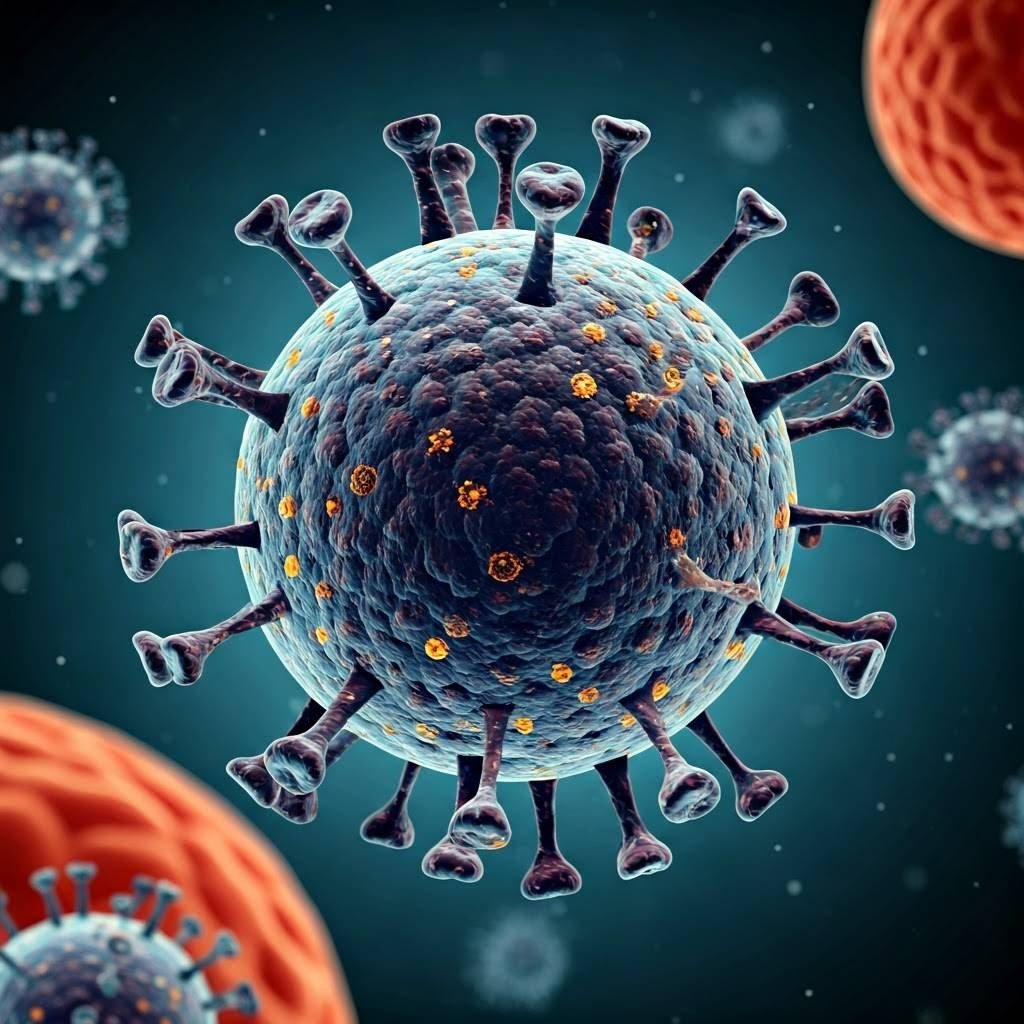
16 states Bird Flu Outbreak in California: A Comprehensive Overview
- Children’s illustration – A French Creative Life - March 24, 2025
- Caught by Collagraphs – A French Creative Life - March 24, 2025
- Develop Excel Skills From Basics to AI Integration With This $35 Course Bundle - March 24, 2025
Introduction: What is Bird Flu?
Bird flu, also known as avian influenza, is a viral infection that primarily affects birds but can occasionally spread to humans. It is caused by strains of the influenza A virus, with the most concerning type being H5N1. Over recent years, outbreaks of bird flu have raised alarms globally, leading to concerns about human transmission and the possible creation of new strains that could lead to a pandemic. In recent months, California has witnessed a surge in bird flu cases, and the situation has escalated across the United States, prompting emergency responses and measures to curb the spread.
H5N1 Bird Flu: The Virus Behind the Outbreak
The H5N1 strain of bird flu has garnered significant attention due to its potential to cause severe illness and death in both animals and humans. This highly pathogenic avian influenza (HPAI) virus has been responsible for numerous outbreaks across the globe, with notable occurrences in Asia, Europe, and Africa. H5N1 is particularly dangerous to poultry, often leading to massive die-offs, and in some cases, it has spread to humans, leading to fatalities.
California’s current outbreak is largely attributed to this strain, with cases spreading across wild bird populations and commercial poultry farms. The virus is typically transmitted through direct contact with infected birds or contaminated environments, and although human-to-human transmission is rare, the virus remains a cause for concern.
Symptoms of Bird Flu in Humans
In humans, bird flu symptoms can range from mild to severe, depending on the strain and the individual’s health. Common symptoms include:
- Fever
- Cough
- Sore throat
- Muscle aches
- Shortness of breath
In more severe cases, the infection can lead to pneumonia, organ failure, and even death. It is important to note that bird flu primarily spreads from birds to humans through direct contact, although human-to-human transmission has been reported in isolated cases.
California’s Emergency Response
In response to the rising number of cases, California Governor Gavin Newsom has declared a state of emergency in specific areas affected by the bird flu outbreak. The state government is working closely with federal agencies, including the Centers for Disease Control and Prevention (CDC), to monitor the situation and prevent further spread.
Emergency Measures in California
The emergency measures taken by Governor Newsom’s administration include:
- Culling Infected Birds: One of the most effective ways to prevent the spread of bird flu in poultry farms is to cull infected birds. While controversial, this practice has been widely adopted to protect the broader bird population and limit the virus’s transmission to humans.
- Quarantines and Movement Restrictions: Certain areas in California have imposed movement restrictions on poultry and other bird species to prevent the spread of the virus between farms and wild bird populations.
- Public Awareness Campaigns: The state has launched initiatives to educate the public about bird flu symptoms, transmission risks, and preventive measures.
Spread of Bird Flu in the United States
The United States has seen a significant spread of H5N1 bird flu across multiple states. As of the latest updates, affected areas include:
- California: Significant outbreaks in commercial poultry farms and wild bird populations.
- Louisiana: Recently declared a state of emergency due to the widespread infection in both wild birds and farmed poultry.
- Texas, Nebraska, and Indiana: Other states with confirmed cases, primarily in poultry farms and wild bird populations.
While the virus has primarily affected bird populations, there have been growing concerns about the potential for human infection. The Centers for Disease Control and Prevention (CDC) continues to monitor the situation closely, although the likelihood of widespread human transmission remains low.
The History of Bird Flu Outbreaks in the United States
The history of bird flu outbreaks in the U.S. dates back several decades, with notable incidents including:
- 2003: The first major outbreak of H5N1 in the U.S. occurred in a commercial poultry farm in Texas, leading to significant culling and biosecurity measures.
- 2015: The U.S. experienced its largest-ever outbreak of bird flu, affecting millions of birds across the country, particularly in Iowa, Minnesota, and Nebraska. This outbreak caused significant financial losses in the poultry industry.
- 2022-2024: The latest outbreaks, especially in California and Louisiana, have prompted renewed concerns about the virus’s potential impact on both animal and human health.
Bird Flu Vaccines: Are They Available?
Currently, there is no licensed vaccine for humans specifically targeting H5N1. However, vaccines for certain strains of avian influenza exist and have been developed in response to previous outbreaks. These vaccines are typically reserved for at-risk populations, including those in close contact with infected poultry. Ongoing research aims to develop a universal flu vaccine that would protect against multiple strains of the virus, including H5N1.
Prevention and Control Measures
Preventing the spread of bird flu requires a multi-faceted approach, including:
- Quarantine and Isolation: Isolating infected farms and birds to prevent the spread of the virus to healthy populations.
- Improved Biosecurity: Poultry farmers and bird handlers are urged to implement stringent biosecurity measures to prevent contact with wild birds and contaminated equipment.
- Monitoring and Surveillance: Regular monitoring of wild bird populations and farms to detect early signs of infection.
- Public Health Education: Promoting awareness of bird flu symptoms and the importance of avoiding contact with sick birds.
Demographic Data: Who is at Risk?
While bird flu primarily affects birds, certain groups of people are at a higher risk of contracting the virus, including:
- Farm Workers: Individuals who handle poultry are at the highest risk due to close proximity to infected birds.
- Veterinarians: Those working with poultry or wild bird species may be exposed to the virus.
- Hunters and Birdwatchers: People who come into contact with wild birds are also at a higher risk.
The CDC advises that while the virus remains rare in humans, those in high-risk professions should take extra precautions, including wearing protective gear and avoiding direct contact with sick or dead birds.
Movies and Books on Bird Flu
Several films and books have explored the concept of bird flu and its potential for a global pandemic:
Movies:
- “Contagion” (2011): While not specifically about bird flu, this movie about a viral pandemic reflects the fears surrounding the rapid spread of a dangerous virus. The film touches on the global response to a highly contagious disease, much like the concerns about bird flu.
- “The Bird Flu Diaries” (2006): A documentary-style film that provides an in-depth look at the potential risks of bird flu to humans and the global measures to combat it.
Books:
- “The Hot Zone” by Richard Preston: This non-fiction book discusses various deadly viruses, including avian influenza, and the efforts to control their spread.
- “Bird Flu: A Virus of Our Own Hatching” by Michael Greger: This book explores the history, risks, and potential future impacts of bird flu, offering a comprehensive overview of the virus.
Ongoing Vigilance and Global Cooperation
The current bird flu outbreak in California and other states underscores the importance of global cooperation, preparedness, and vigilance in preventing the spread of dangerous viruses. While the risk to human health remains low, public health authorities are closely monitoring the situation and continue to implement preventive measures to safeguard both animal and human populations.
For residents in affected areas, it is crucial to stay informed and follow the advice of local health authorities and veterinarians to protect themselves and their communities from potential exposure.












Leave a Reply